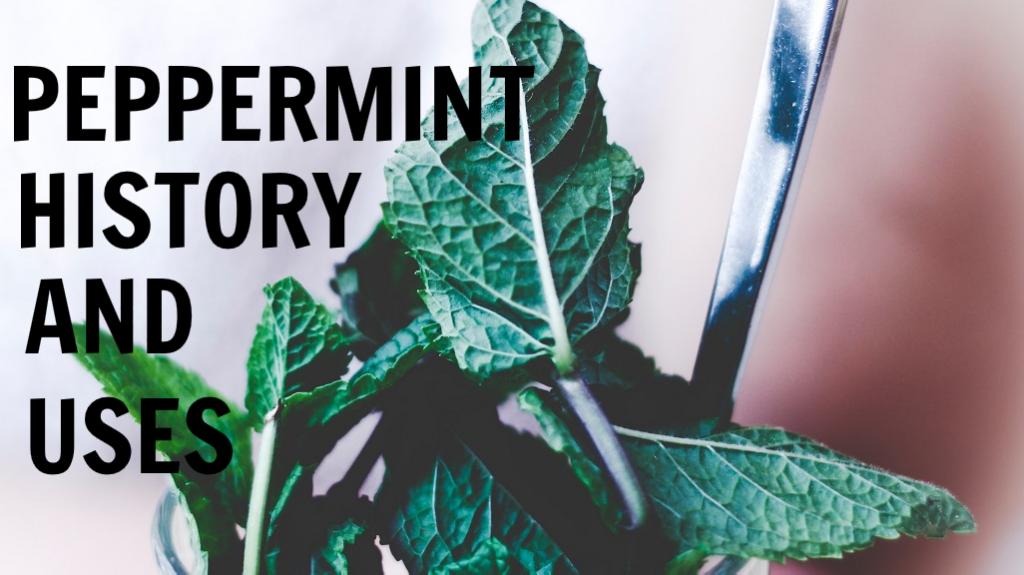Peppermint tea has a long history and has been enjoyed for centuries. The use of peppermint as a medicinal herb dates back to ancient Greece, where it was used to treat a variety of ailments. The plant is believed to have originated in the Mediterranean region and was later introduced to other parts of the world, including Europe and North America.
Peppermint tea is made from the leaves of the peppermint plant, which are harvested and dried before being brewed into a tea. Peppermint tea has a refreshing and invigorating taste, and it is often consumed as a hot or cold beverage.
Today, peppermint tea is a popular beverage Many people find it to be a soothing and enjoyable beverage that can be enjoyed throughout the day.
There are some commonly reported benefits associated with peppermint:
- Flavor and aroma: Peppermint has a distinct and refreshing taste and aroma that many people find enjoyable.
- Cooling sensation: Peppermint contains menthol, which gives it a cooling sensation when ingested or applied topically.
- Culinary use: Peppermint is a popular flavoring in many culinary dishes, such as desserts and beverages.
- Aromatherapy: Peppermint essential oil is often used in aromatherapy to promote relaxation and alleviate stress.
- Personal care products: Peppermint is a common ingredient in personal care products, such as toothpaste, mouthwash, and skin care products, due to its refreshing scent and potential skin-soothing properties.
Peppermint (Mentha × piperita) contains several alkaloids, including:
- Menthol: Menthol is the main and most well-known alkaloid in peppermint. It provides the characteristic cooling and minty flavor and aroma of peppermint. Menthol is commonly used in various products, including oral care products, candies, and topical preparations.
- Menthone: Menthone is another major alkaloid found in peppermint. It contributes to the minty flavor and aroma of the plant and is often used in the production of essential oils.
- Pulegone: Pulegone is a monoterpene compound and an alkaloid found in peppermint. It possesses a strong minty aroma and is used in the production of essential oils and flavorings.
- Isomenthone: Isomenthone is an isomer of menthone and is found in peppermint oil. It contributes to the minty aroma and flavor of the plant.
- Menthol-related compounds: Peppermint also contains other menthol-related compounds such as menthofuran, isopulegol, and neomenthol. These compounds contribute to the overall flavor and aroma profile of peppermint.
These alkaloids are primarily present in the essential oil of peppermint, which is obtained through steam distillation of the plant’s leaves and stems. The essential oil is widely used in various industries, including food and beverages, pharmaceuticals, and personal care products.
